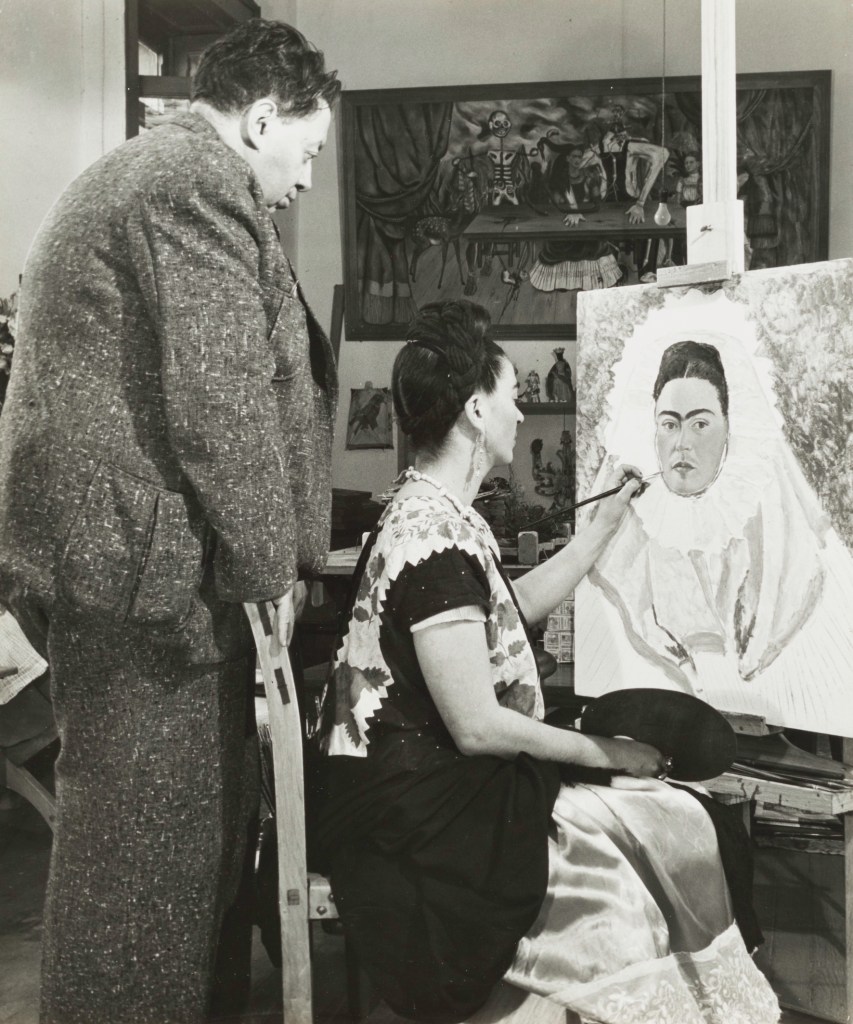Viva La Frida
Frida Kahlo is the artist who has managed more than any other to build an effective autobiographical collection of images, capable of conveying her life journey in a mighty and persuasive manner. Through her works, you can capture her political engagement, the struggle and pain of her love life, and the agony of never becoming a mother.
After her death Frida Kahlo became an icon, who inspired books, comics, songs, movies and even fashion designers — such as Jean Paul Gaultier, Alberta Ferretti and Dolce & Gabbana. Hundreds of thousands of visitors, gather in the artistic venues where they can admire the works of this extraordinary female artist, whose life also inspired some films — with the most notorious one of all being the 2002 Frida directed by Julie Taymor, with Selma Hayek playing the titular role.
A new movie unveils the multifaceted artist: Frida. Viva La Vida. This documentary directed by Giovanni Troilo —produced by Ballandi Arts and Nexo Digital, in collaboration with Sky Arte — proposes a journey in six chapters in search of Frida. Audiences are catapulted in the heart of Mexico, with its vibrant flora and fauna, as the storytelling intertwines with exclusive interviews, period documents, reconstructions and Kahlo’s artwork — including her most famous self-portraits (Frida and Diego Rivera of 1931, The Two Fridas of 1939, The Broken Column of 1944 and The Wounded Deer of 1946).

Actress-director Asia Argento is the narrator of this cinematic chronicle about Frida Kahlo, disclosing her letters, diaries and private confessions. Audiences will be lulled by the music score of composer-pianist Remo Anzovino, as they discover how the painter’s work has its roots in the traditional painting of the 1800s, in Mexican retablos, as well as in the art and commitment of men of her time, from life partner Diego Rivera, to Trotsky. In the documentary it will be possible to see for the first time photographs, clothes and other personal objects of Frida preserved in the archives of the Frida Kahlo Museum.
The motion picture highlights the two souls of Frida Kahlo: on one side the symbol of contemporary feminism, on the other a woman oppressed by the constraints of a tortured body. Frida Kahlo not only was affected by polio since she was six years old, but she was also a victim of a car accident, that left her disabled at eighteen. Pain was the leitmotiv of her existence, until her death. But through her eclectic style, she managed to exorcise it and influence many artists after her.













